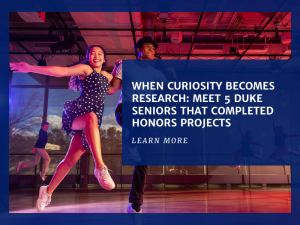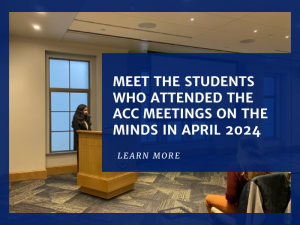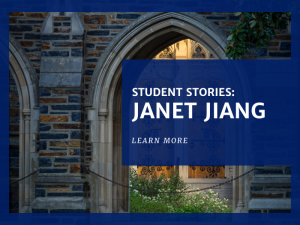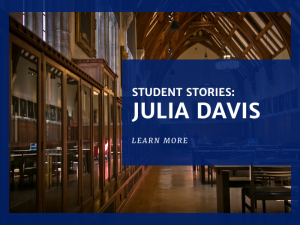Analyzing a Collaborative Work of Art from Fifteenth-Century Florence

Sandro Botticelli and Filippino Lippi's The Adoration of the Kings is a well-known case of collaboration between artists in the fifteenth-century Florentine workshops. Previously, arguments for the division of labor in the production of the painting mainly relied on traditional experts in fine art, whose opinions were largely subjective and often led to an insufficient account of the artwork's creation. The National Gallery at London has recently combined connoisseurship with imaging techniques--including MA-XRF scanning, Reflectance imaging spectroscopy, and 3D scanning--to investigate this painting. Their results have provided new insights into the working relationship between Botticelli and Filippino and a history of execution that is exceptional for a painting of this age and type.
In this research project, I try to develop an algorithm that identifies previously unknown features that characterize each painter and automates the differentiation of the two artists in their co-authored painting. To achieve this, I (1) encoded key features from Botticelli's and Filippino's individual paintings; (2) formulated a distance metric to compare feature encodings; (3) constructed a hypothesis test to examine whether two features come from the same author; (4) applied the test to features from the co-authored painting for identification. Instead of replacing connoisseurs, my research aims to assist experts to make better judgments of the attribution of paintings. The methodology could potentially be generalized to other paintings for painter authentication and detect art forgery.
During the research, I learned a wide range of skills and tools that help me increase efficiency and understand what might go wrong when some unexpected results occur. I also learned that research is an iterative process that requires consistent efforts, patience, and creativity. I would like to express my sincere gratitude for the generous support from the URS office, which enables me to explore numerous possibilities and expand my research potential.



